The Challenge We Face
A college degree is increasingly crucial for economic mobility and success. Yet low-income students are being left behind.
This growing education gap is compromising their futures — and ours.
Only 15% of low-income students earn a four-year degree by age 24. This pales in comparison to 59% of high-income students.
70% of jobs
require a college degree.
Enrollment is up 14%
at community colleges with vocational programs.
$1.2 trillion loss
is the estimated negative economic impact of an expected 11MM shortage of college-educated workers by 2029.
For the individual, the education gap underlies inequities in work, housing, health, and even length of life.
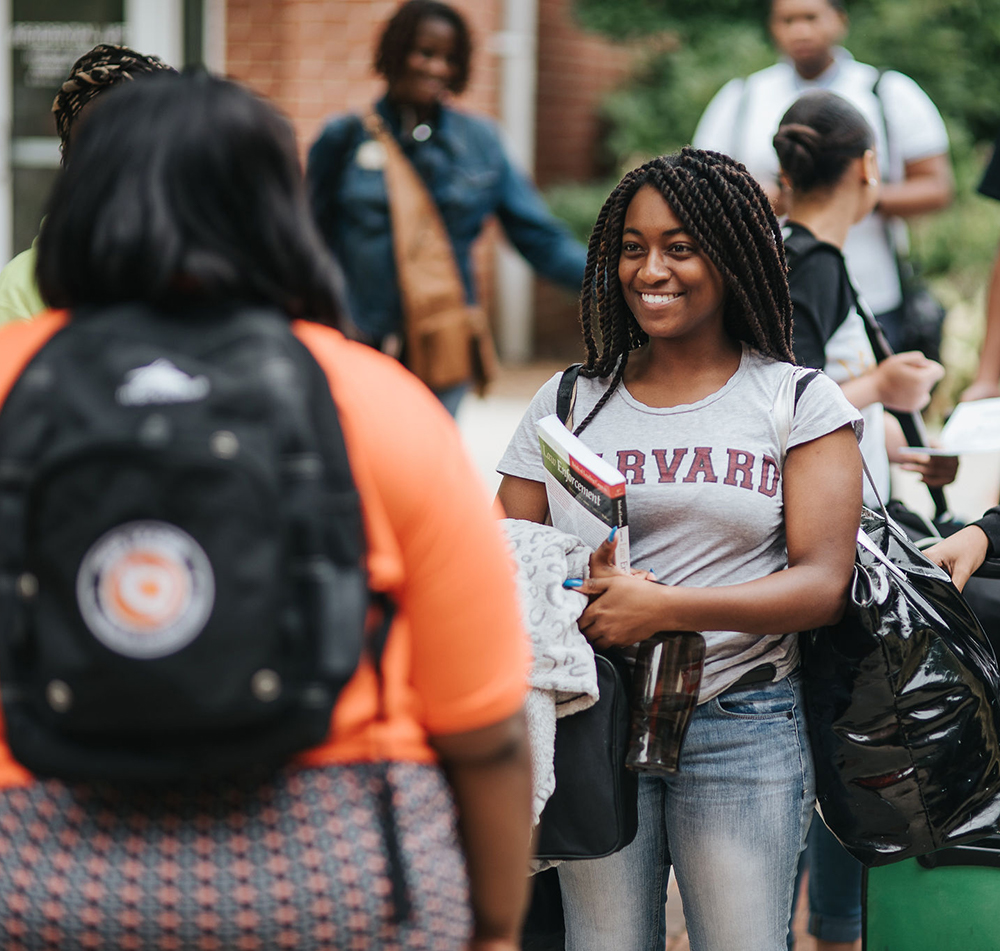
Those with bachelors degrees can earn an average of $1 million more in a lifetime.
Those with bachelors degrees can earn an average of
$1 million more in a lifetime.
Degree holders are more likely to become and stay employed, to have access to health care, to live longer, to participate civically in their community, and to prepare their own children for higher education.
A college degree creates generational momentum, which has been historically harder for low-income students due to systemic roadblocks. These underserved youth make up the majority of first-generation college students.
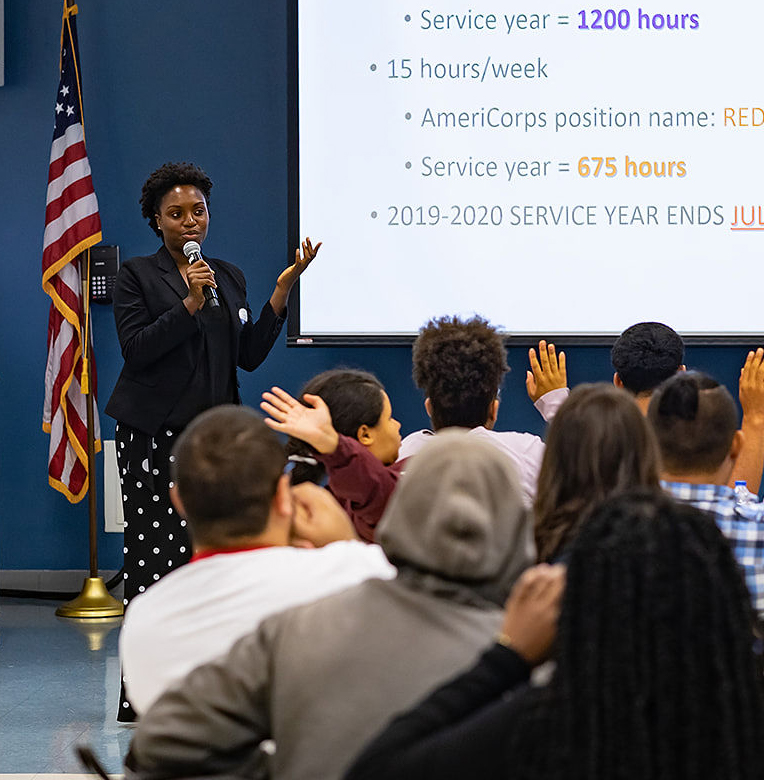
Underfunded and crowded public high schools struggle to guide students to postsecondary opportunities.
Underfunded and crowded public high schools
struggle to guide students to postsecondary opportunities.
There are a staggering 376 students for every 1 counselor in public high schools in low-income areas — nearly double the recommended 250:1 ratio.
These overtaxed counselors are able to give just 38 minutes of college guidance to each student on average. Many of these students’ parents don’t know how to navigate college enrollment and seeking financial aid. The system is not straightforward, and many low-income students are left behind without key guidance and individual attention.
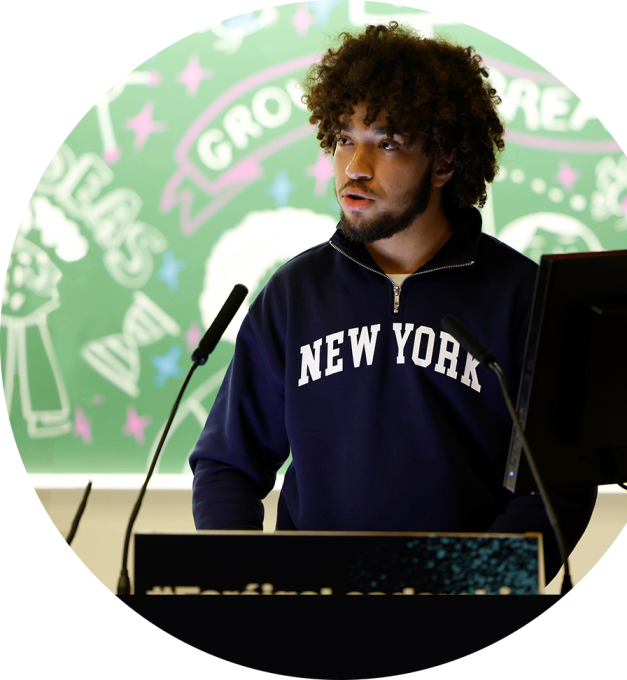
Our Solution
We Train Influential Students with the Knowledge to Lead their Peers to and through Higher Education and the Skills to Drive Community-wide Change.
In high schools, PeerForward creates a corps of young, influential student (called “Peer Leaders”) to supplement the guidance available in their high schools and use their influence to help friends and peers believe they belong in higher education. Peer Leaders then help translate that belief into action, supporting their peers as they apply to multiple colleges, secure financial aid, and explore potential paths for academics and career.
In colleges, Peer Leaders increase college retention by ensuring that students – most of whom are first-generation and low-income students – connect to vital campus resources, secure financial aid, and fully engage with the campus community.
After all, one of the best predictors of whether a young person will go to college and graduate is whether they have friends doing the same thing. It turns out that the most influential person in a student’s life often is a classmate or friend.
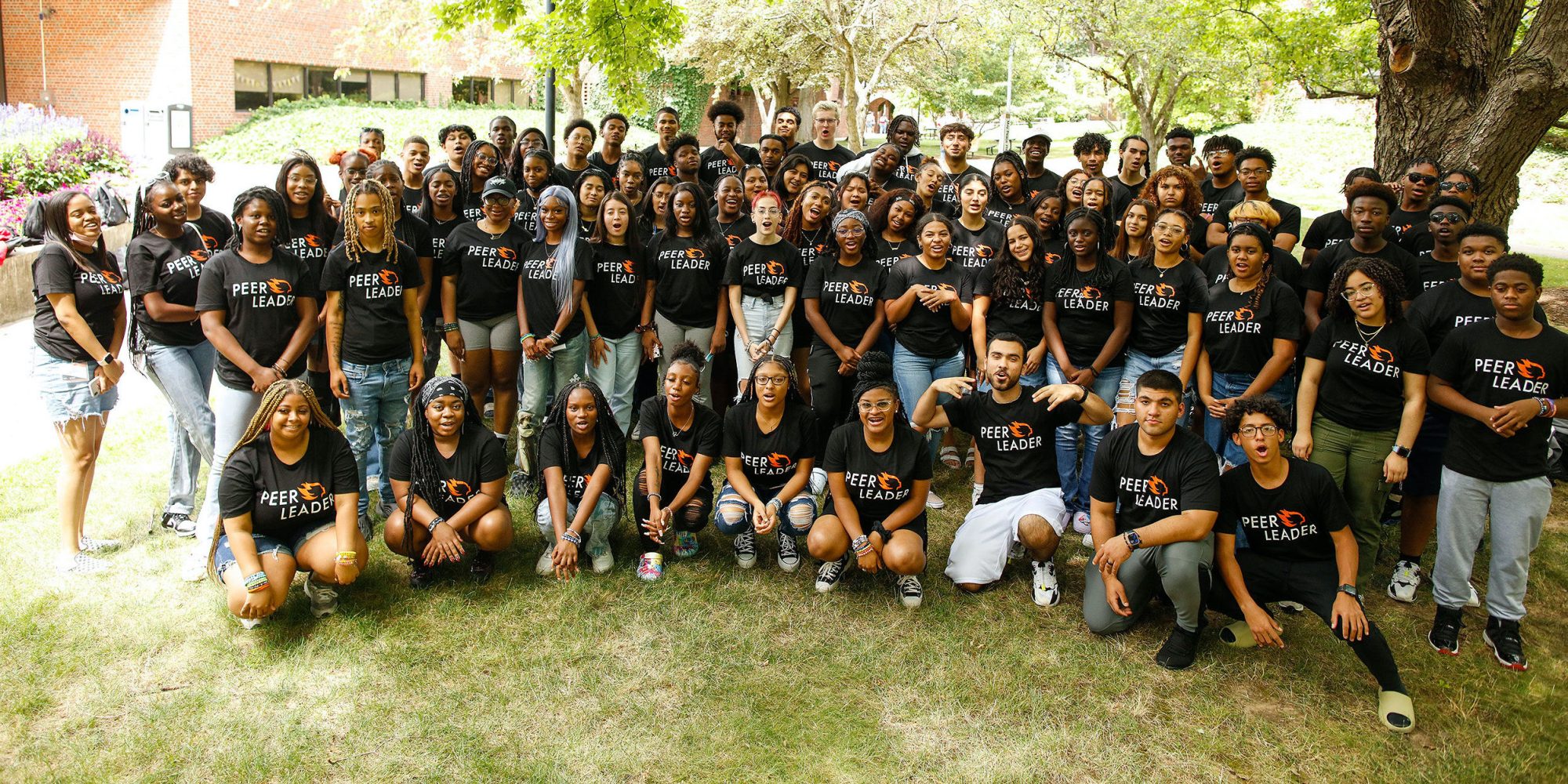
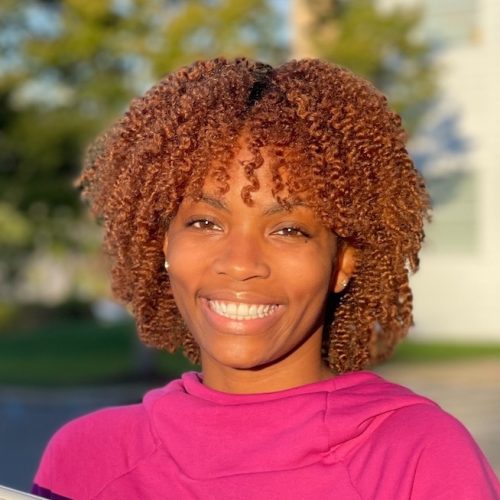
“PeerForward showed me that there is always opportunity all around me so anything I want to do is always possible. I used to limit my dreams because I knew I didn’t have the money or didn’t know where to start and they showed me that I have a network of people willing to help me do whatever it is that I aspire to do.”
— Zipporah Sewell, High School Class of 2019, Robert Morris University Class of 2023
Get Involved
Donate
Support us in activating and empowering youth to achieve higher education.
Volunteer
Join our movement and make a direct impact on the lives of the next generation of leaders.
Become a PeerForward School
Collaborate with us to foster a culture of postsecondary success at your high school or college.
Partner With Us
Connect with us to see how our mission aligns with yours.








